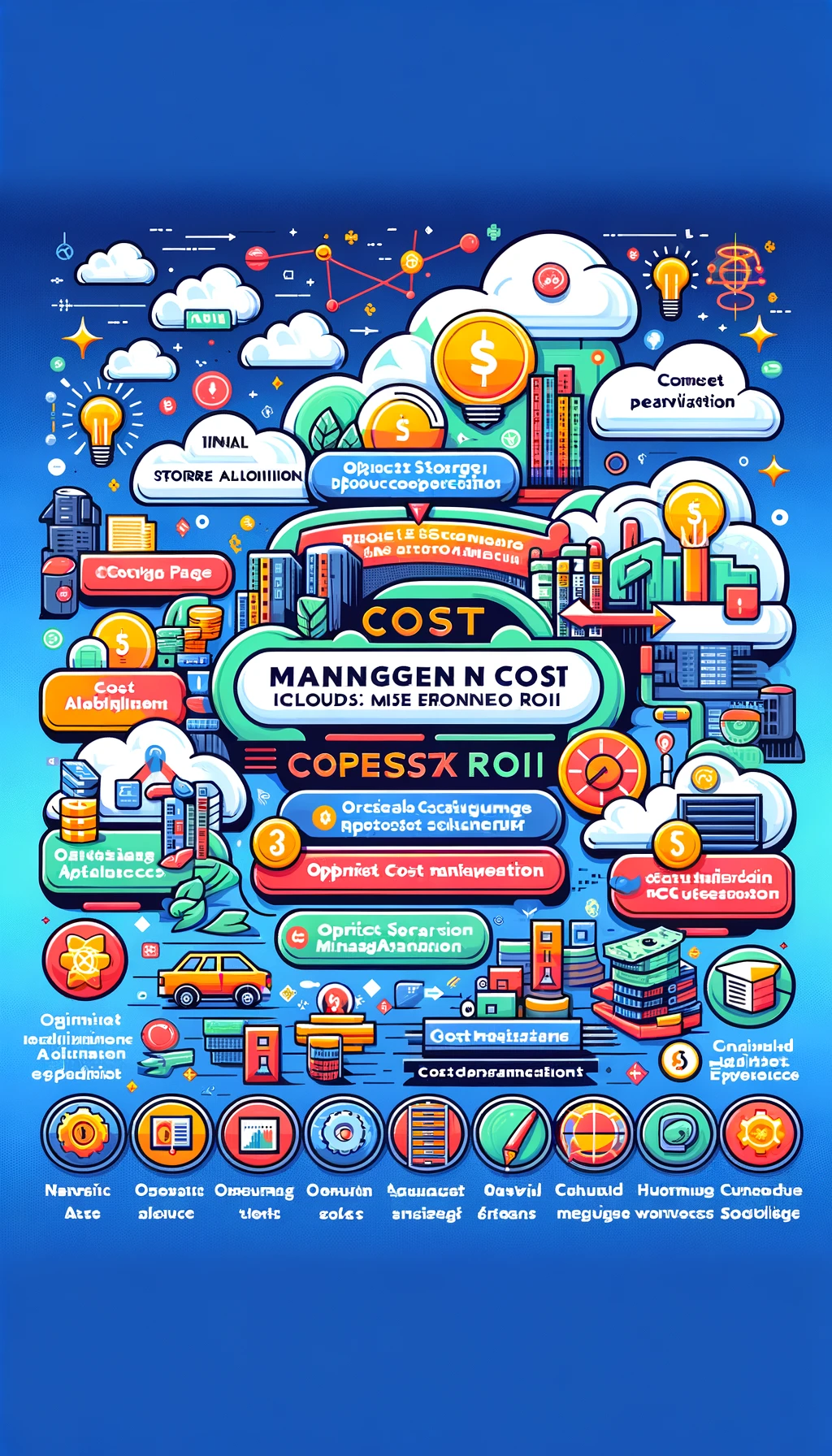Table of Contents
Cost Management in OpenStack Clouds – Maximizing ROI
Cost management in OpenStack clouds is an essential aspect of ensuring that organizations can maximize their return on investment (ROI) when deploying and operating their cloud infrastructure. OpenStack, being a complex and flexible cloud computing platform, offers numerous opportunities for optimization but also presents challenges in cost management. To navigate these challenges effectively and ensure a high ROI, organizations can adopt several strategies ranging from initial deployment decisions to ongoing operational optimizations.

1. Efficient Resource Allocation
Initial Capacity Planning:
Conduct Thorough Needs Analysis: Before deploying OpenStack, conduct a detailed analysis of your organization’s current and projected resource needs. This helps in designing a cloud infrastructure that matches your requirements without overprovisioning.
Scalable Architecture: Design your OpenStack deployment with scalability in mind. Start with what you need and expand as necessary. This approach avoids the upfront costs of overprovisioning while keeping the door open for growth.
Dynamic Resource Management:
Use Heat Orchestration: Utilize OpenStack’s Heat orchestration engine to automate the deployment of instances, allowing for dynamic scaling based on load, which prevents overallocation of resources.
Implement Ceilometer for Monitoring: Leverage OpenStack Ceilometer for fine-grained monitoring of resource usage. This data can be used to make informed decisions about scaling and resource allocation.
2. Cost-Effective Storage Solutions
Tiered Storage Approach: Implement a tiered storage strategy using OpenStack Cinder and Swift to balance cost and performance. Store frequently accessed data on higher-performance, higher-cost storage, and less frequently accessed data on lower-cost storage.
Consider Object Storage for Scalability: Use OpenStack Swift for object storage, which is cost-effective for storing large amounts of unstructured data. It offers scalability and reliability without the high costs associated with traditional block storage systems.
3. Network Cost Optimization
Optimize Network Architecture: Design your network architecture to minimize data transfer costs. Use OpenStack Neutron to create efficient networking topologies that reduce bottlenecks and lower costs.
Implement Traffic Management Strategies: Use traffic management solutions to optimize bandwidth usage and reduce costs. This includes implementing caching, compression, and other techniques to reduce the amount of data transferred.
4. Automated Cost Management
Implement Automation and Orchestration Tools: Automate repetitive tasks and workflows to reduce the need for manual intervention, thereby reducing operational costs. Use tools like Heat for orchestration and Ansible or Terraform for automation.
Utilize Tagging and Cost Allocation Tools: Tag resources to track usage and costs by project, department, or any other relevant metric. This helps in allocating costs accurately and identifying areas for optimization.
5. Optimizing Compute Resources
Right-Size Instances: Regularly review your instance sizes and performance metrics to ensure they are appropriately sized for their workloads. Downsize or terminate underutilized instances.
Spot Instances and Reserved Instances: Consider using spot instances for non-critical, flexible workloads to take advantage of lower prices. For predictable workloads, reserved instances can offer cost savings over time.
6. Engaging in Continuous Optimization
Regular Cost Audits: Conduct regular reviews of your OpenStack cloud costs and usage to identify waste and opportunities for optimization.
Stay Informed on OpenStack Developments: OpenStack is continuously evolving. Staying informed about new features and best practices can reveal new opportunities for cost savings.
7. Leveraging External Expertise
Consultancy and Training: Engage with OpenStack consultants and invest in training for your team. External expertise can provide insights into best practices and optimization strategies that internal teams may overlook.
Conclusion
Maximizing ROI in OpenStack deployments requires a multifaceted approach focused on efficient resource allocation, cost-effective storage solutions, network cost optimization, automated cost management, compute resource optimization, continuous optimization practices, and leveraging external expertise. By adopting these strategies, organizations can ensure that their OpenStack cloud infrastructure is not only powerful and scalable but also cost-effective and aligned with their financial objectives. Achieving cost efficiency in OpenStack clouds is an ongoing process that necessitates vigilance, flexibility, and a commitment to best practices and continuous improvement.
Blog Home
